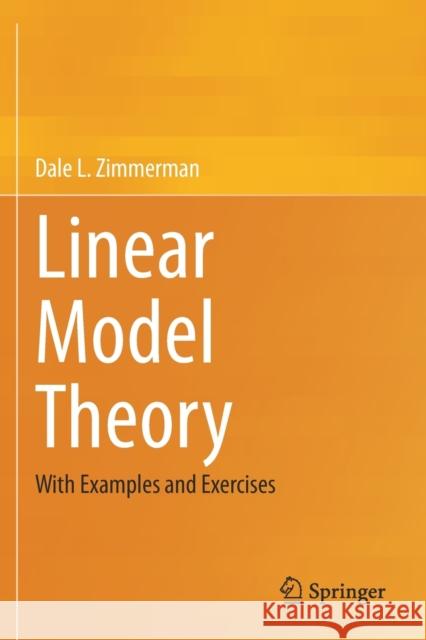Linear Model Theory: With Examples and Exercises » książka
topmenu
Linear Model Theory: With Examples and Exercises
ISBN-13: 9783030520656 / Angielski / Miękka / 2021 / 528 str.
Linear Model Theory: With Examples and Exercises
ISBN-13: 9783030520656 / Angielski / Miękka / 2021 / 528 str.
cena 401,58
(netto: 382,46 VAT: 5%)
Najniższa cena z 30 dni: 346,96
(netto: 382,46 VAT: 5%)
Najniższa cena z 30 dni: 346,96
Termin realizacji zamówienia:
ok. 22 dni roboczych
Bez gwarancji dostawy przed świętami
ok. 22 dni roboczych
Bez gwarancji dostawy przed świętami
Darmowa dostawa!
Kategorie:
Kategorie BISAC:
Wydawca:
Springer
Język:
Angielski
ISBN-13:
9783030520656
Rok wydania:
2021
Ilość stron:
528
Waga:
0.72 kg
Wymiary:
23.39 x 15.6 x 2.69
Oprawa:
Miękka
Wolumenów:
01
Dodatkowe informacje:
Wydanie ilustrowane











